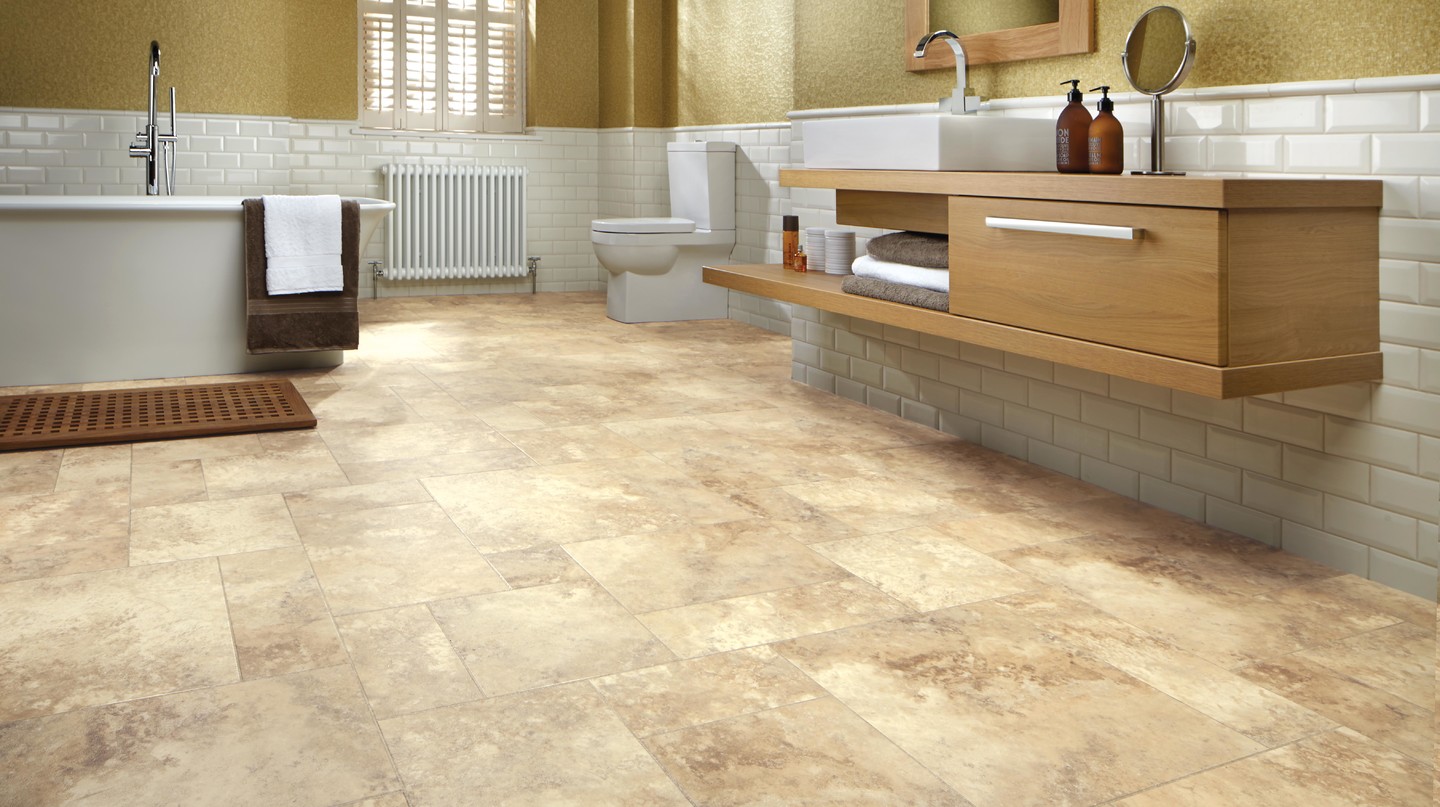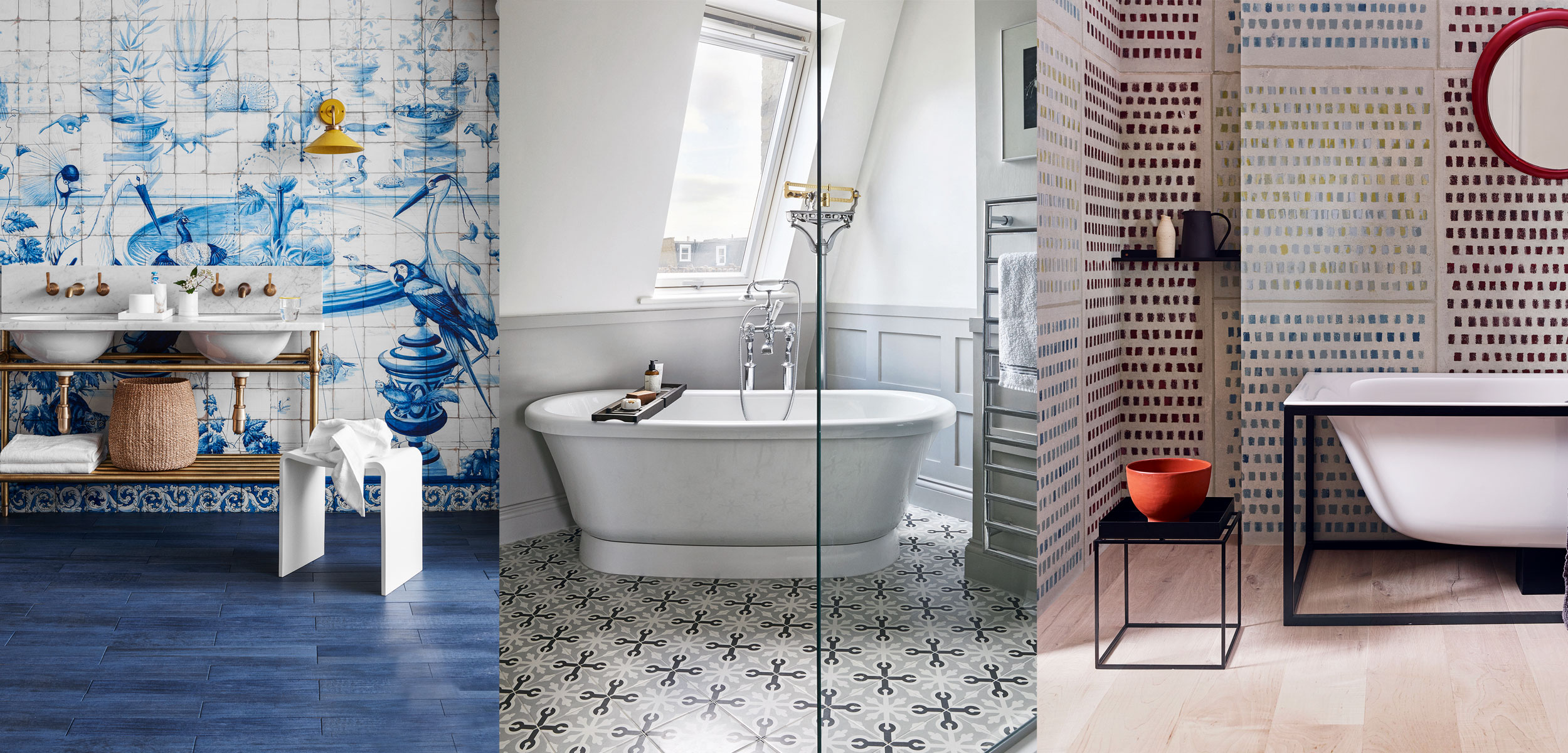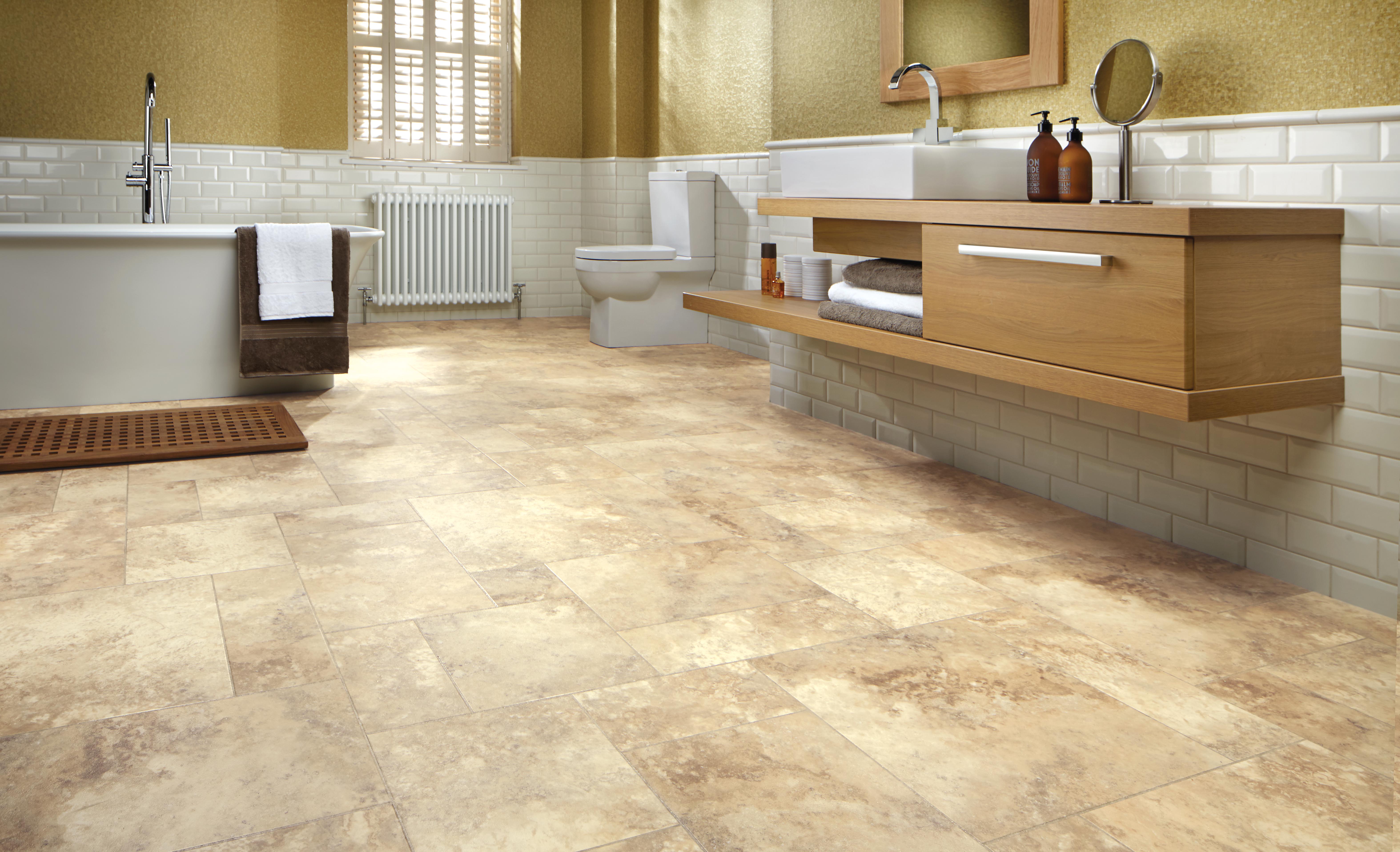Understanding Discoloration

Discoloration in vinyl flooring, especially in bathrooms, is a common issue that can significantly impact the aesthetics of your space. It can be caused by various factors, and understanding these causes is crucial for preventing and addressing the problem.
Common Causes of Discoloration
Discoloration in vinyl flooring is often a result of the interaction between the flooring material and environmental factors. Here are some common causes:
- Moisture and Water Damage: Bathrooms are inherently humid environments, and prolonged exposure to moisture can lead to discoloration. Water spills, leaks, and even condensation can seep into the vinyl flooring, causing it to warp, stain, or change color. This is particularly true for vinyl flooring that is not properly sealed or installed.
- Cleaning Products: Harsh chemicals in cleaning products can react with the vinyl flooring, causing discoloration. Bleach, ammonia-based cleaners, and abrasive cleaners can damage the protective layer of the flooring, leading to color changes.
- Exposure to Sunlight: Prolonged exposure to direct sunlight can cause vinyl flooring to fade or become discolored. The ultraviolet (UV) rays in sunlight can break down the pigments in the vinyl, leading to a change in color.
- Age and Wear and Tear: Over time, vinyl flooring can naturally fade or become discolored due to wear and tear. Foot traffic, furniture movement, and general use can all contribute to discoloration.
Types of Discoloration and Their Potential Causes
Different types of discoloration can indicate different causes. Here are some examples:
- Yellowing: This is often a sign of exposure to sunlight or heat. The UV rays in sunlight can cause the vinyl to yellow over time.
- Darkening: Darkening can be caused by water damage, spills, or the use of harsh cleaning products. Water stains can leave dark marks on the vinyl, and certain cleaning products can react with the material, causing it to darken.
- Streaking: Streaking can occur when water or cleaning products are not properly wiped up. This can leave streaks on the vinyl, making it look uneven.
- Fading: Fading is a common result of exposure to sunlight. The UV rays in sunlight can break down the pigments in the vinyl, leading to a loss of color.
Identifying the Source of Discoloration: Discolored Vinyl Flooring In Bathroom

Pinpointing the root cause of discoloration in your vinyl flooring is crucial for effective remediation and preventing future issues. A thorough inspection can help you determine whether the discoloration is due to water damage, mold growth, or chemical stains.
Inspecting for Water Damage
Water damage is a common culprit behind vinyl flooring discoloration. It can manifest in various ways, including warping, bubbling, or a change in color. To identify water damage, carefully inspect the flooring for signs of moisture, such as:
- Visible water stains: Dark spots or streaks on the flooring surface.
- Swelling or buckling: The vinyl flooring may appear raised or uneven.
- Soft or spongy texture: The flooring may feel unusually soft or spongy underfoot.
- Musty odor: A lingering musty smell can indicate water damage and potential mold growth.
Examining for Mold Growth
Mold growth can also contribute to discoloration in vinyl flooring. Mold thrives in damp environments and can leave behind unsightly stains and a musty odor. To check for mold growth, examine the flooring for:
- Black, green, or white spots: These spots may be visible on the flooring surface or beneath the seams.
- Fuzzy or powdery texture: Mold can create a fuzzy or powdery texture on the flooring.
- Musty odor: A strong, musty smell can indicate the presence of mold.
Identifying Chemical Stains
Chemical stains can also cause discoloration in vinyl flooring. These stains can be caused by spills, cleaning products, or other chemicals. To determine if chemical stains are responsible, consider:
- The location of the discoloration: Is it concentrated in a specific area where a spill may have occurred?
- The color of the stain: Some chemicals leave behind distinct color stains, such as rust or bleach.
- The smell of the stain: Chemical stains may have a strong, lingering odor.
Addressing Discoloration

Once you’ve identified the source of the discoloration, you can begin to address it. Cleaning and restoring discolored vinyl flooring requires a methodical approach, starting with gentle cleaning methods and progressing to more aggressive techniques if necessary.
Cleaning and Restoring Discolored Vinyl Flooring
The first step in cleaning discolored vinyl flooring is to remove any loose dirt or debris. This can be done with a vacuum cleaner or a broom. Once the floor is clean, you can begin to address the discoloration.
The following steps provide a comprehensive guide for cleaning and restoring discolored vinyl flooring:
- Prepare the Area: Clear the area of any furniture or other objects. This allows for better access to the floor and prevents accidental damage during the cleaning process.
- Pre-Clean the Floor: Vacuum or sweep the floor thoroughly to remove any loose dirt, dust, or debris. This step is essential to prevent spreading dirt or debris while cleaning the discoloration.
- Test Cleaning Solutions: Before applying any cleaning solutions to the entire floor, test them in an inconspicuous area. This helps prevent damage to the flooring from harsh chemicals or abrasive cleaners.
- Apply Cleaning Solution: Apply the chosen cleaning solution to the affected area. Use a soft cloth or sponge to gently rub the solution into the floor. Avoid using harsh scrubbing tools that can scratch the vinyl surface.
- Rinse and Dry: After cleaning, rinse the floor thoroughly with clean water to remove any residue from the cleaning solution. Dry the floor completely using a clean cloth or towel to prevent water stains.
- Repeat if Necessary: If the discoloration persists, repeat the cleaning process. For stubborn stains, consider using a stronger cleaning solution, but always test it in an inconspicuous area first.
Effective Cleaning Methods for Removing Stains, Mildew, and Other Discoloration, Discolored vinyl flooring in bathroom
Discolored vinyl flooring in bathroom – Different types of discoloration require specific cleaning methods. For example, removing stains from spills, mildew growth, or hard water deposits each requires a unique approach.
- Stains from Spills:
- Fresh Spills: Blot the spill immediately with a clean cloth or paper towel to absorb as much of the liquid as possible. Avoid rubbing, as this can spread the stain.
- Dried Spills: Use a mild cleaning solution like dish soap and warm water to loosen the stain. Apply the solution to a clean cloth and gently rub the stain. Rinse the area thoroughly with clean water and dry completely.
- Grease or Oil Stains: Use a grease-cutting cleaner or a mixture of baking soda and water to remove the stain. Apply the solution to a clean cloth and gently rub the stain. Rinse the area thoroughly with clean water and dry completely.
- Mildew Growth:
- Vinegar Solution: Mix equal parts white vinegar and water in a spray bottle. Spray the affected area with the solution and let it sit for 15-20 minutes. Scrub the area with a soft-bristled brush and rinse thoroughly with clean water.
- Bleach Solution: Use a bleach solution only if the vinyl flooring is bleach-safe. Mix one part bleach with ten parts water. Apply the solution to a clean cloth and gently rub the affected area. Rinse the area thoroughly with clean water and dry completely.
- Hard Water Deposits:
- Vinegar Solution: Apply a vinegar solution to the affected area and let it sit for 15-20 minutes. Scrub the area with a soft-bristled brush and rinse thoroughly with clean water.
- Commercial Hard Water Remover: Use a commercial hard water remover according to the manufacturer’s instructions. Always test the product in an inconspicuous area first.
Recommended Cleaning Products and Tools
Choosing the right cleaning products and tools is crucial for effectively removing discoloration without damaging the vinyl flooring.
- Cleaning Solutions:
- Mild Dish Soap: Effective for removing general dirt and grime.
- White Vinegar: Excellent for cleaning mildew, hard water deposits, and general cleaning.
- Baking Soda: A natural abrasive that can be used to scrub away stains.
- Bleach: Use only if the vinyl flooring is bleach-safe. Effective for killing mildew and removing tough stains.
- Commercial Cleaners: Choose cleaners specifically designed for vinyl flooring. Read the product label carefully to ensure it is safe for your flooring type.
- Cleaning Tools:
- Soft-Bristled Brush: Use for scrubbing stains and mildew.
- Microfiber Cloth: Excellent for cleaning and drying the floor.
- Sponge: Use for applying cleaning solutions.
- Vacuum Cleaner: For removing loose dirt and debris.
